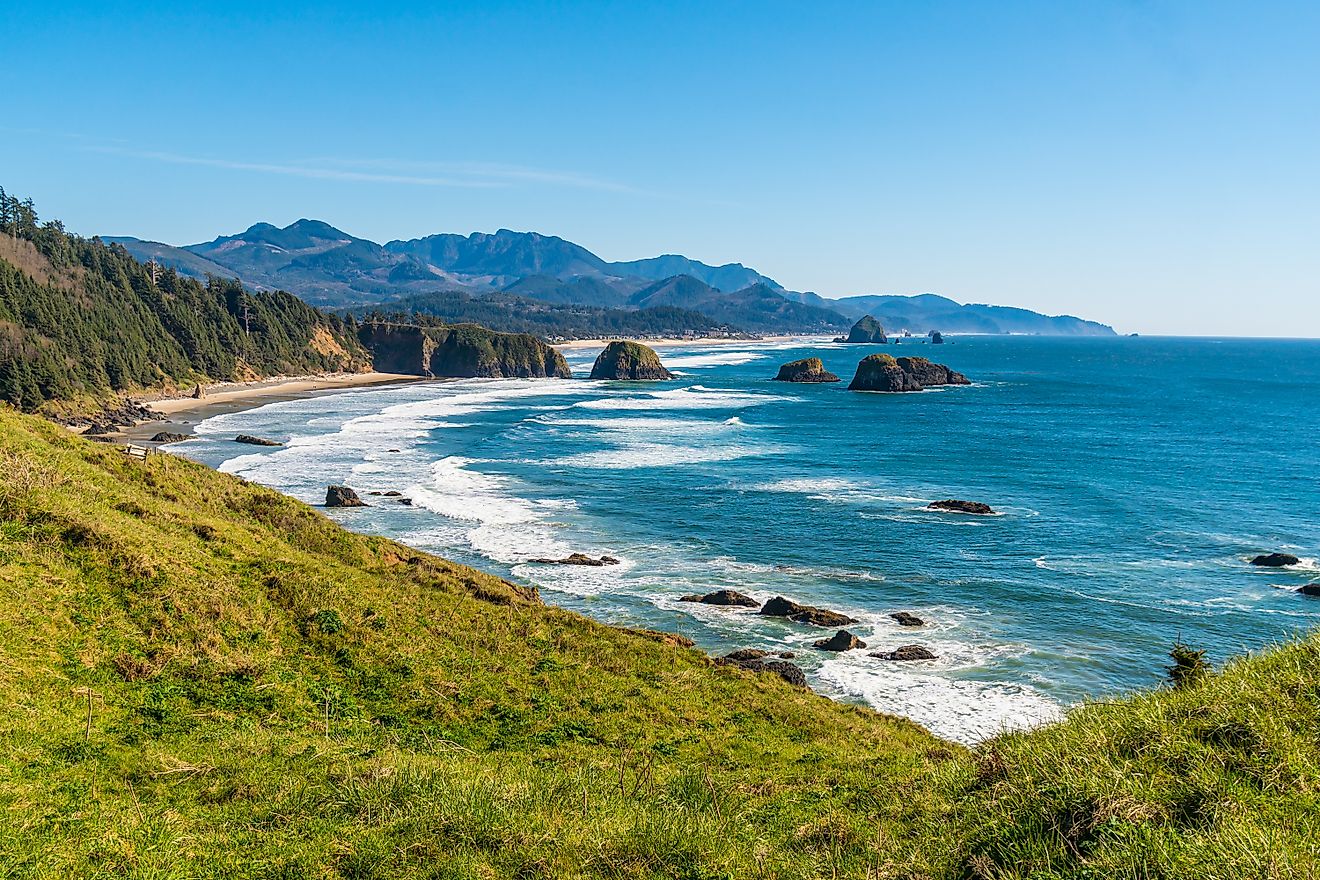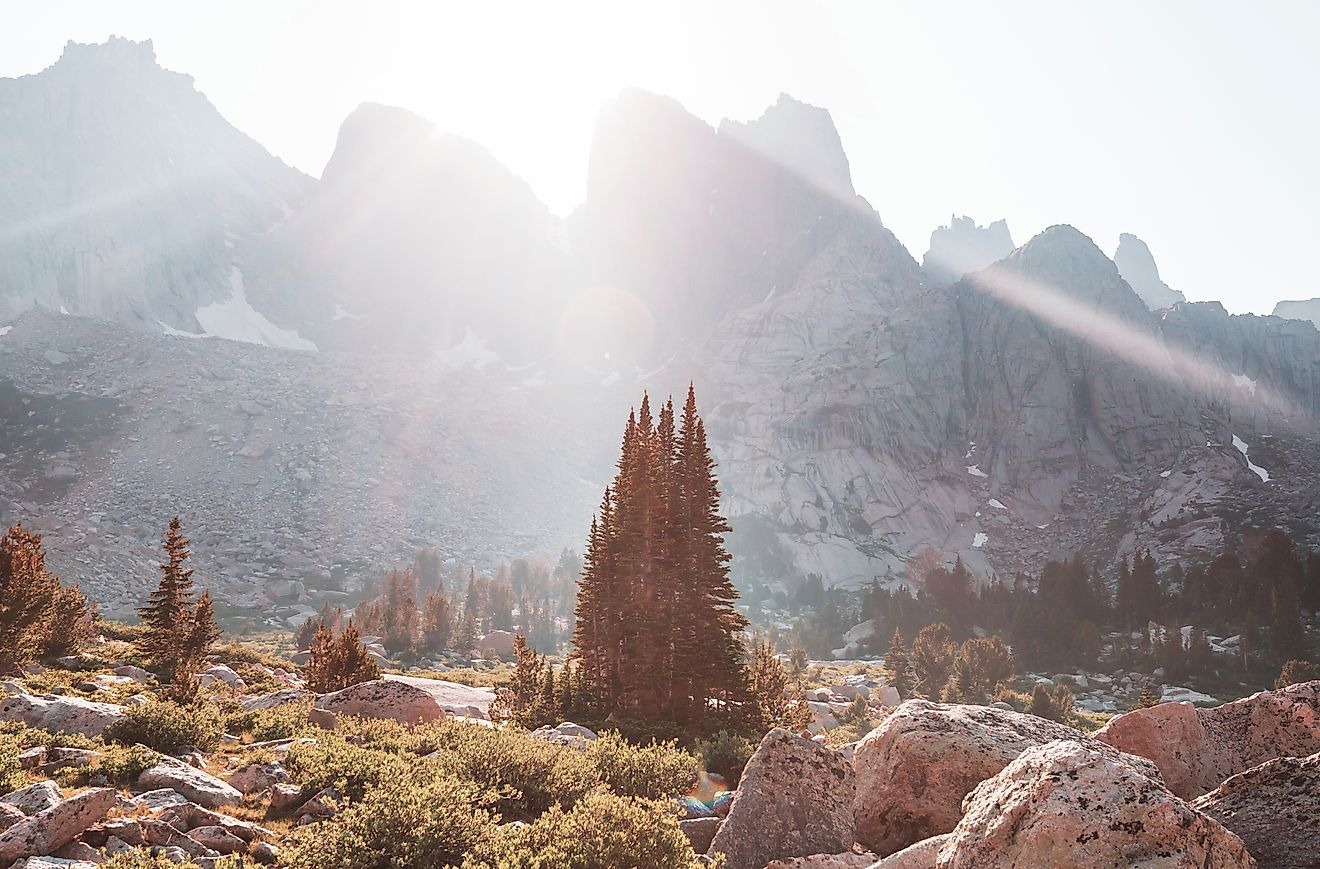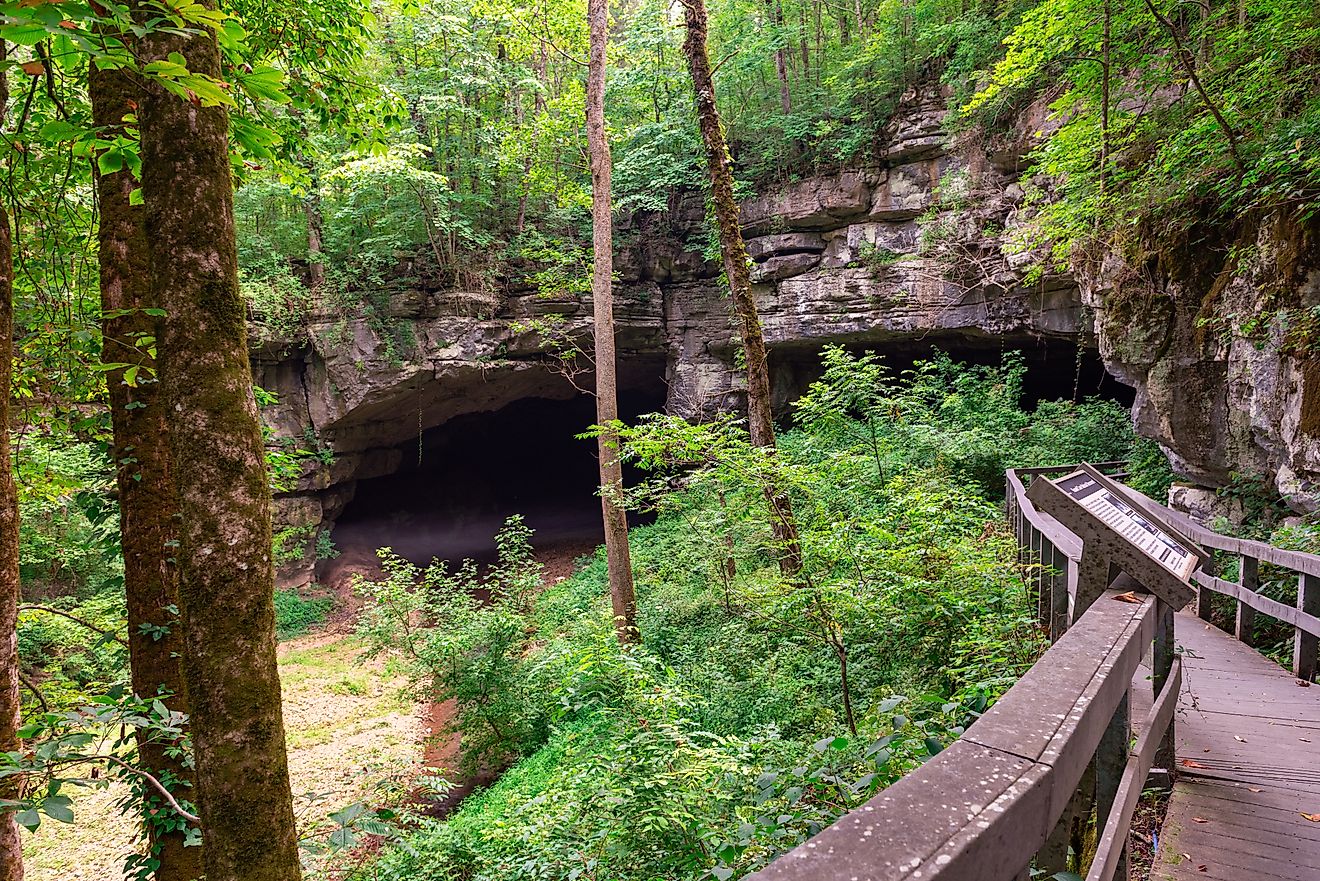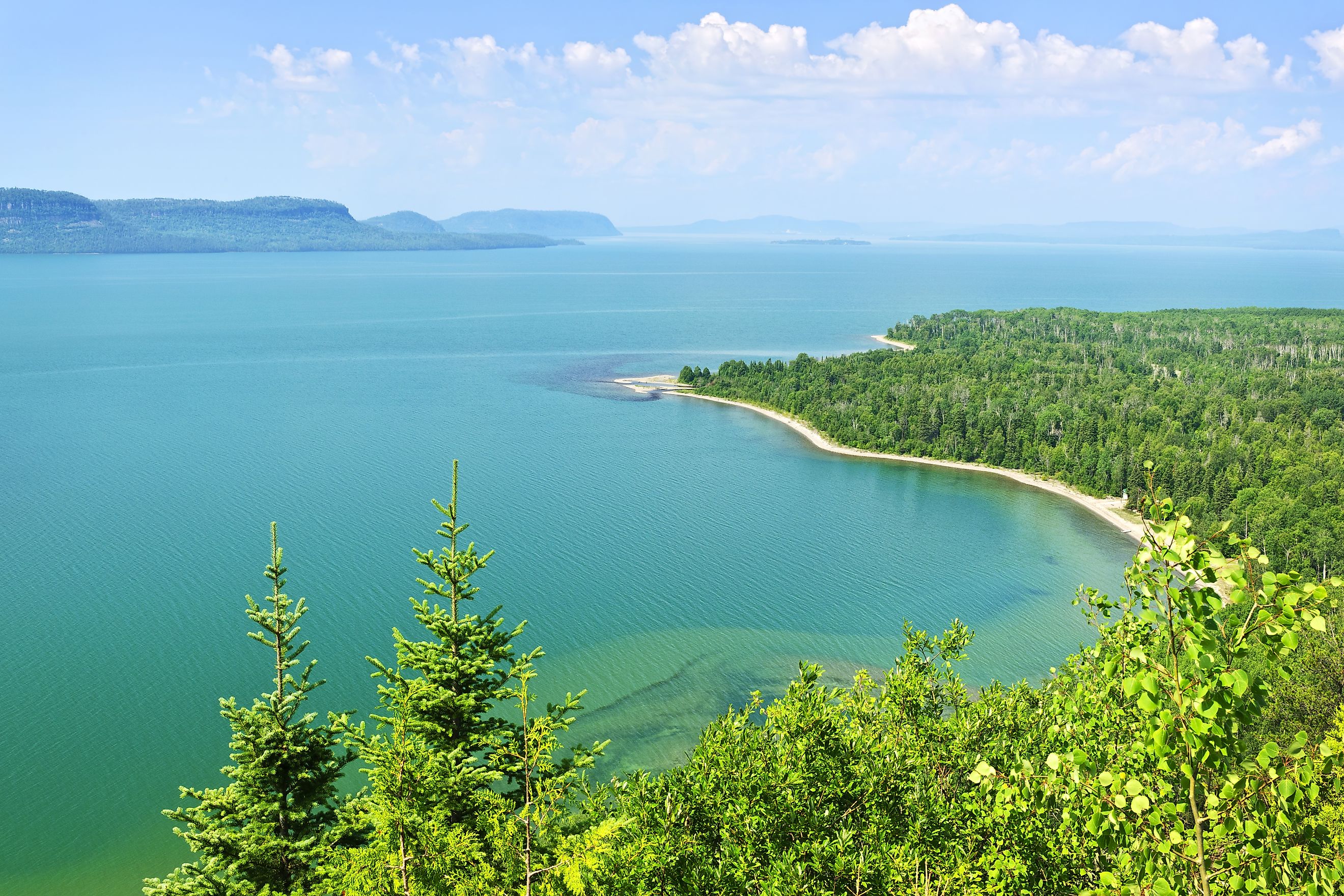
The Largest Lakes In The United States
Lakes hold a significant place in the geography and ecosystem of any region. The United States is home to numerous large and iconic lakes, each with unique characteristics and features. Discover some of the largest lakes in the United States by surface area.
Lake Superior

Located on the border of the United States and Canada, Lake Superior is the largest freshwater lake by surface in the United States and the entire world. Its sheer size is awe-inspiring, stretching across vast expanses of wilderness in Minnesota, Wisconsin, and Michigan. It covers approximately 31,700 square miles with a depth of 1,332 feet and accounts for 10% of the Earth’s freshwater.
Lake Superior plays a crucial role in the economy and environment of the surrounding region. Its waters support fisheries and provide shipping transport routes. Additionally, Lake Superior's pristine waters and diverse ecosystems make it a haven for aquatic life and wildlife. The lake's rugged coastline, adorned with rocky cliffs and sandy beaches, offers breathtaking vistas and opportunities for outdoor adventures.
Lake Huron
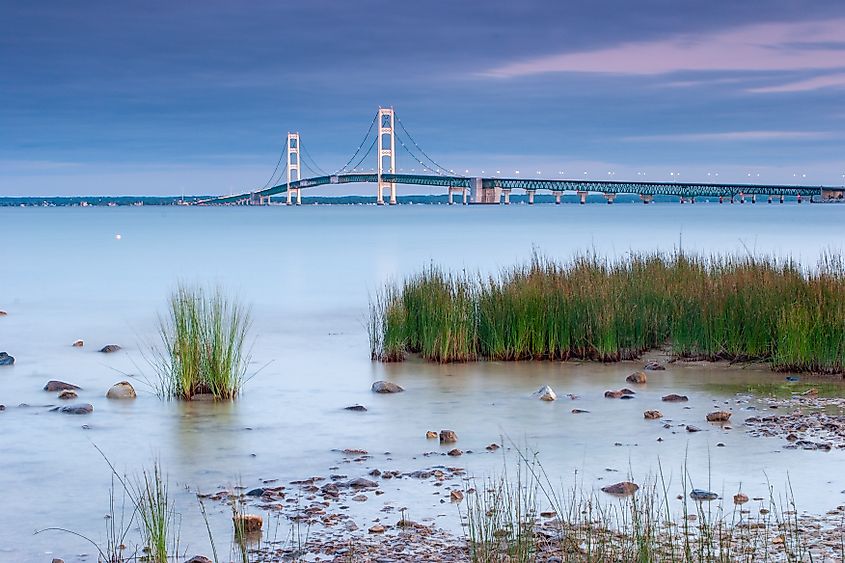
Another one of the Great Lakes, Lake Huron is the second largest by surface area in the United States and the fourth largest in the world. It covers around 23,000 square miles spanning the eastern shores of Michigan and the western shores of Ontario. Lake Huron has the longest shoreline of any of the Great Lakes at 3,827 miles long.
Lake Huron occupies a strategic position within the Great Lakes system. Its waters flow into Lake Erie through the St. Clair River and Lake Michigan via the Straits of Mackinac, forming an integral part of the interconnected waterways that define the region's geography.
Lake Huron is known for its beauty and rich biodiversity consisting of more than 30,000 islands, including Manitoulin Island, the world’s largest freshwater island. The Lake’s rugged coastline and crystal-clear waters offer a myriad of recreational opportunities.
Lake Michigan
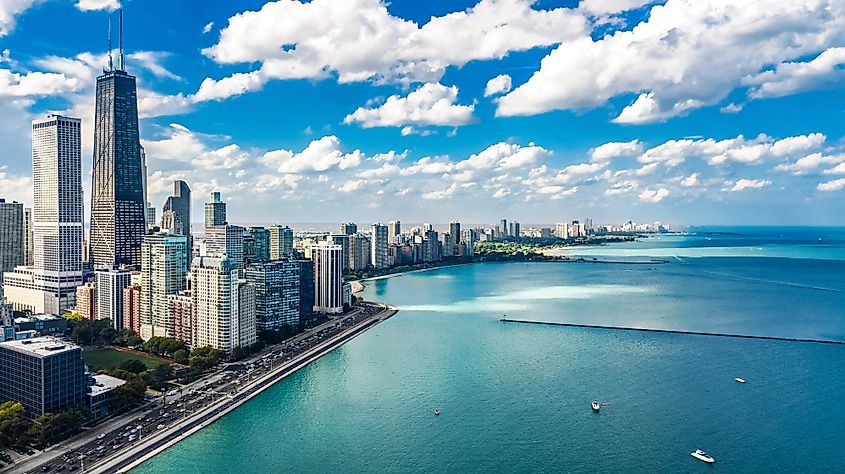
Lake Michigan is the third-largest lake by surface area and the fifth-largest in the world. It is the only Great Lake situated entirely in the United States. Its expansive waters span approximately 22,400 square miles through Michigan, Indiana, Illinois, and Wisconsin.
Lake Michigan has played a central role in the history and development of the Midwest, serving as a vital transportation route for trade and commerce. Its shores are dotted with lighthouses and maritime museums and are home to bustling cities like Chicago and Milwaukee.
Among all the Great Lakes, Lake Michigan boasts the lengthiest north-to-south shoreline, fostering a richly diverse climate that supports a wide array of plant and animal species. The Lake also provides sustenance, transport, and recreation to about 12 million people.
Lake Erie
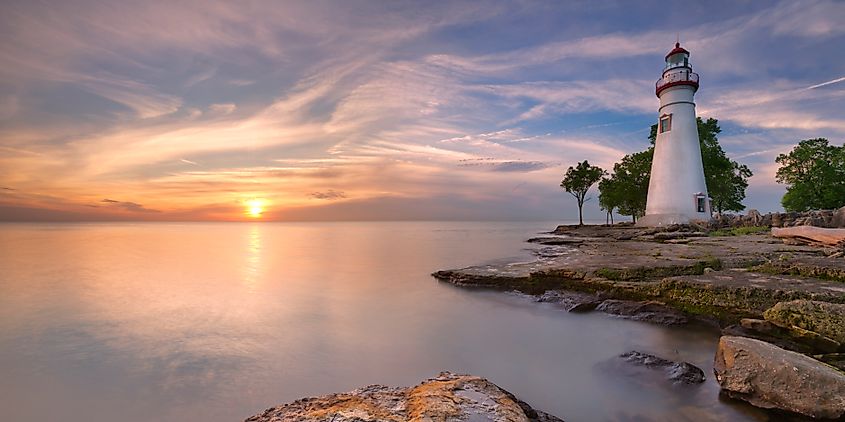
Lake Erie stands as the fourth largest of the Great Lakes and the 13th largest lake by surface area in the world. Its waters cover approximately 9,900 square miles, providing a vital lifeline for communities and ecosystems along its shores. Stretching across the states of Ohio, Pennsylvania, New York, and the Canadian province of Ontario, Lake Erie occupies a strategic position within the Great Lakes basin.
Its shallow depths and warm waters make it a prime breeding ground for fish and other aquatic species, supporting a thriving fishing industry and recreational boating activities.
While Lake Erie is a natural gem, it faces significant environmental challenges, including pollution and algal blooms. Runoff from agricultural fields and urban areas has led to nutrient loading in the lake, contributing to the growth of harmful algae. These blooms not only degrade water quality but also pose risks to public health and aquatic ecosystems.
Lake Ontario
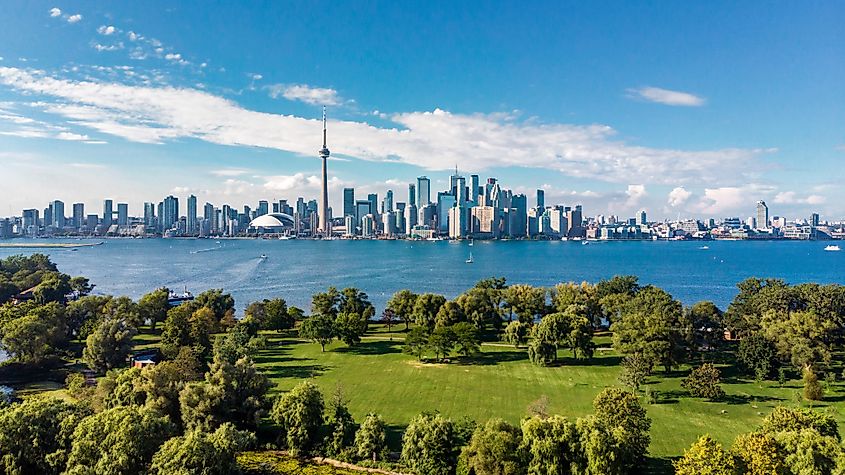
Lake Ontario is the smallest of the Great Lakes by surface area but still ranks among the largest lakes in the United States and the 17th largest in the world. It covers approximately 7,300 square miles and is situated between New York and the Canadian province of Ontario. It serves as a vital link in the Great Lakes-St. Lawrence Seaway system, connecting the interior of North America to the Atlantic Ocean.
Recreation and tourism drive the region's economy, with landmarks like Niagara Falls and a network of parks drawing visitors. Commercial fisheries, notably for whitefish, and recreational fishing for trout and salmon also contribute. Lake Ontario's deep, cold waters support diverse fish species, attracting anglers, while its scenic beauty and natural attractions, like Niagara Falls and the Thousand Islands, draw millions of visitors yearly to explore its shores.
Great Salt Lake
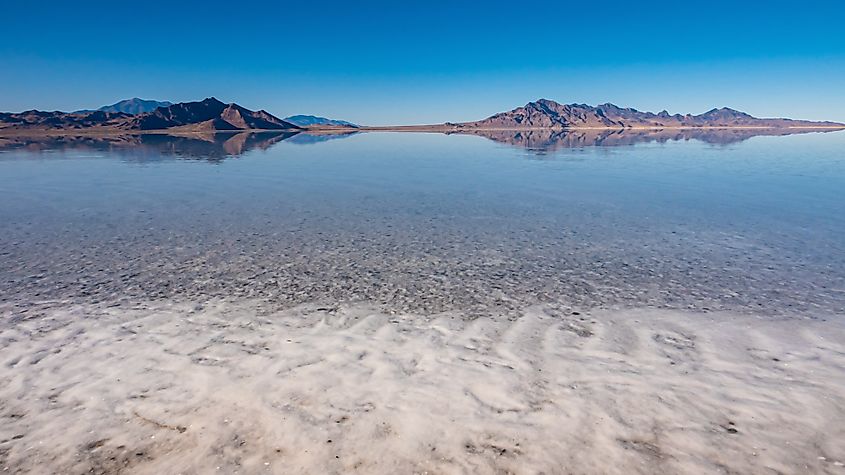
Great Salt Lake, situated in northern Utah, ranks as the largest saltwater lake in the Western Hemisphere, surpassing even the mighty Great Lakes in size. Covering an area of approximately 1,700 square miles, Great Salt Lake is a geological wonder that has captivated explorers and scientists for centuries. The lake's origins trace back to ancient times when the retreating waters of Lake Bonneville left behind a vast salt flat, gradually forming the basin of what we know today as the Great Salt Lake.
Its remarkably high salinity gives rise to unique ecosystems and geological formations. The lake's waters are nearly eight times saltier than the ocean, making it one of the saltiest bodies of water on Earth. Despite its extreme salinity, the Lake sustains a diverse ecosystem, featuring algae, brine shrimp, and brine flies. While fish and most aquatic life struggle in its waters, these resilient organisms thrive, forming the foundation of the lake's food chain.
Lake of the Woods

Lake of the Woods, spanning the borders of Minnesota, Ontario, and Manitoba, covers roughly 1,700 square miles. Its intricate shoreline, adorned with numerous islands, bays, and inlets, creates an ideal destination for boating, fishing, and outdoor enthusiasts.
What distinguishes Lake of the Woods is its raw natural appeal and remote wilderness. With its unspoiled waters and dense forests, the lake invites endless opportunities for exploration and discovery. Anglers are drawn to its banks in pursuit of prized walleye, northern pike, and muskellunge, while nature enthusiasts savor the peaceful ambiance of its hidden coves and secluded beaches.
For the communities residing along its shores, Lake of the Woods holds profound significance. Indigenous peoples have depended on its abundant resources for sustenance and spiritual enrichment for generations. Today, the lake continues to sustain a thriving fishing industry and tourism sector, attracting visitors from near and far to partake in its scenic vistas and vibrant cultural heritage.
Explore the Waters
In conclusion, the largest lakes in the United States represent not only impressive bodies of water but also vital ecosystems, economic resources, and cultural landmarks. From the majestic expanse of Lake Superior to the unique saline composition of the Great Salt Lake, each lake offers a glimpse into the natural wonders and diversity of the American landscape.
